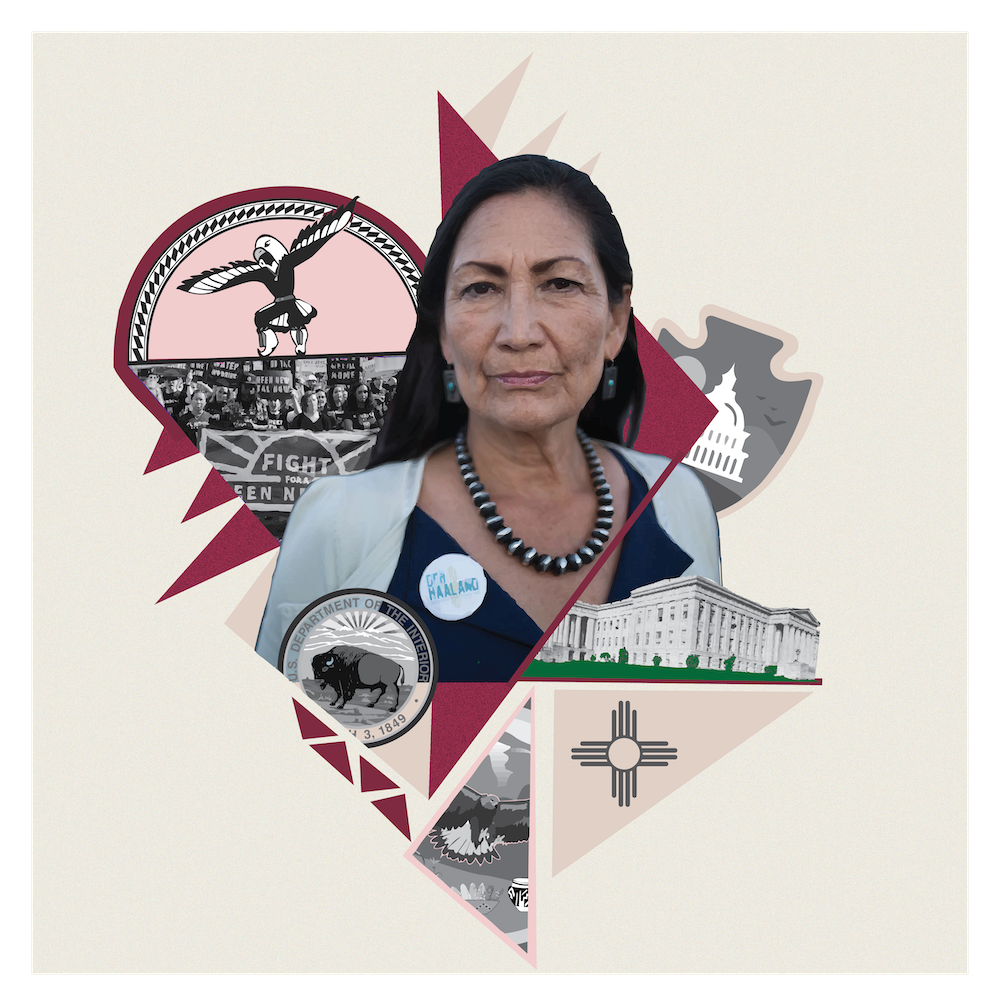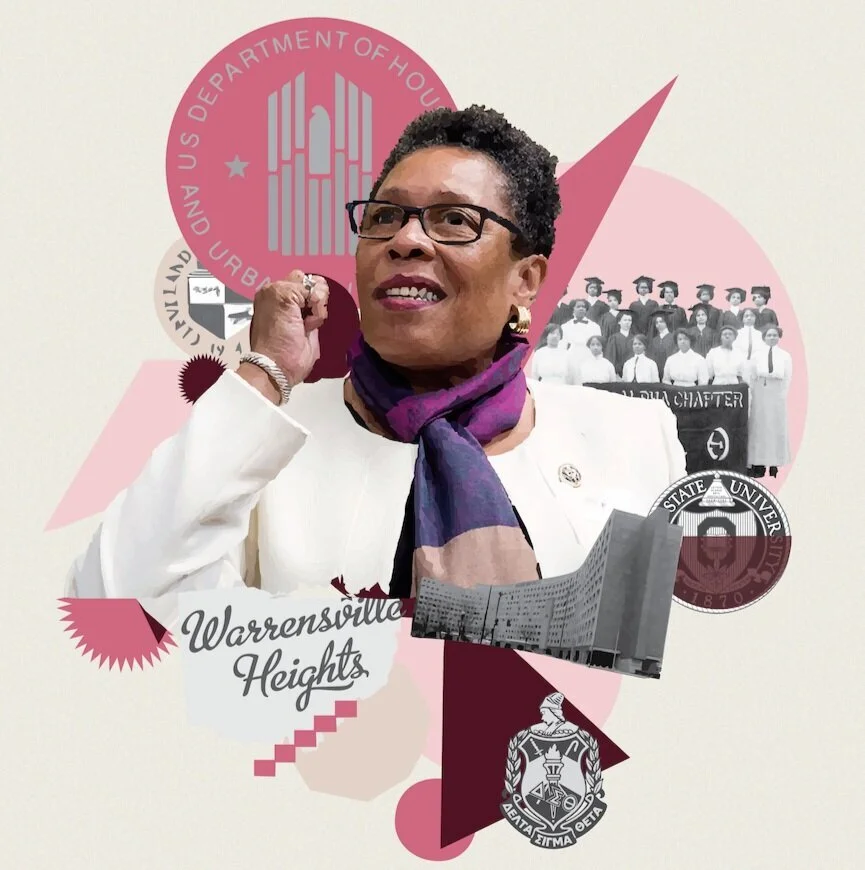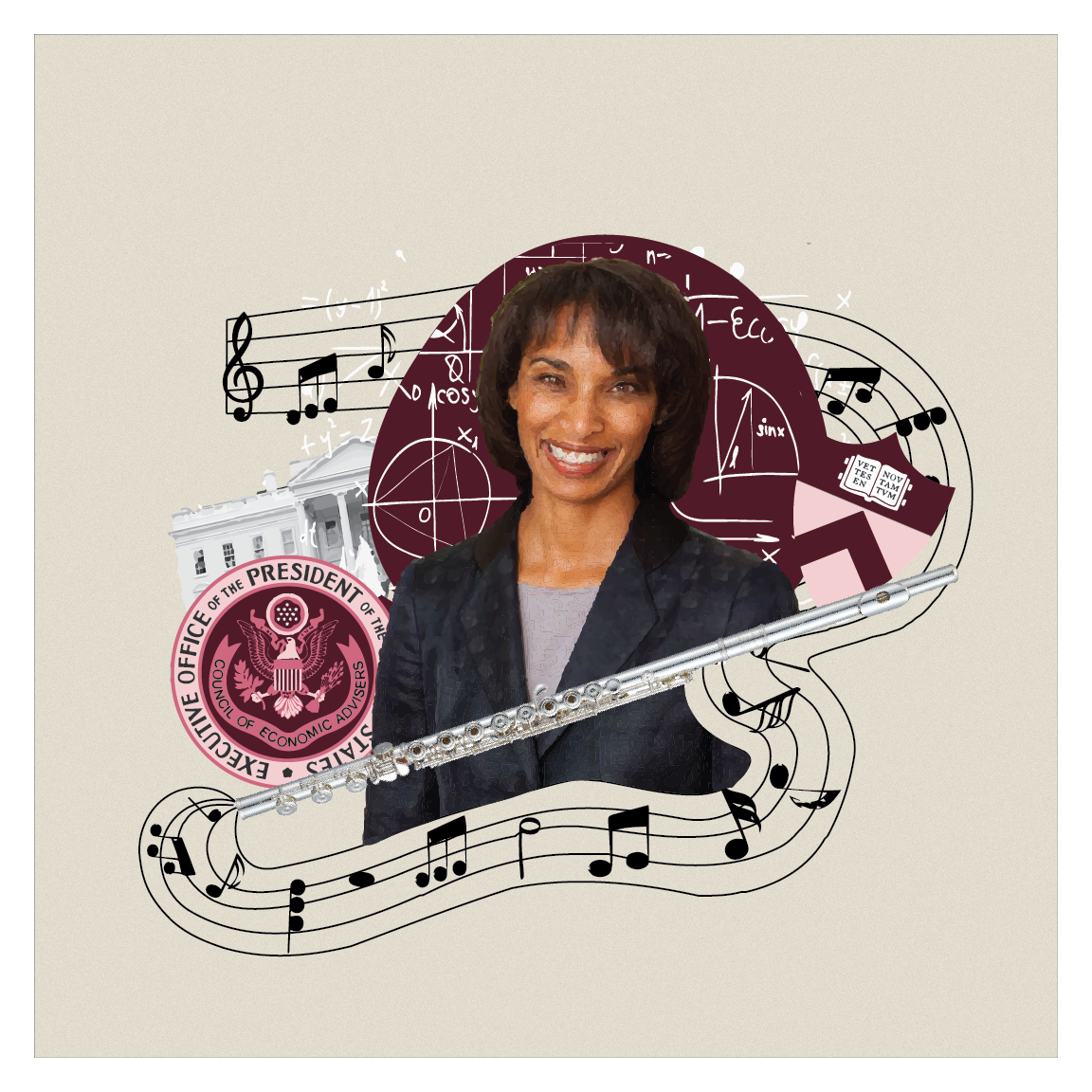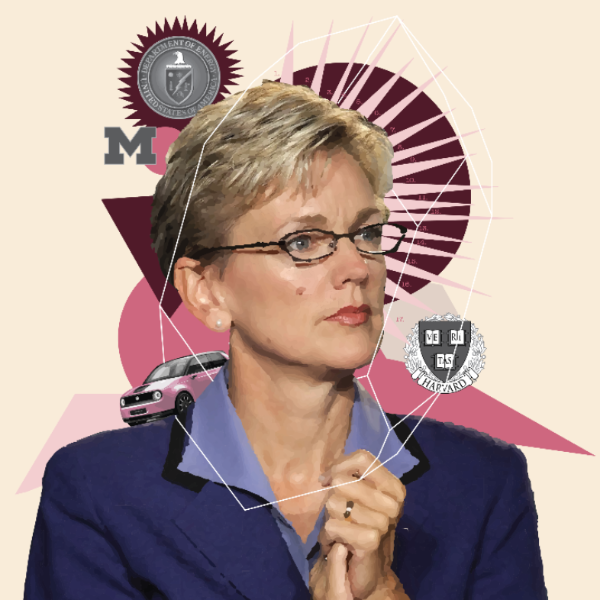Dear Readers,
Ten years ago, I got a memorable phone call from the Speaker of the House of Representatives, Nancy Pelosi, with the news that she had appointed me to a new congressional commission — created to make the case for a national museum in Washington, DC, dedicated to American women’s history.
The legislation to create this commission had been led through many hurdles by the indomitable New York Congresswoman Carolyn Mahoney and on the Senate side, Maine Senator Susan Collins, as well as other allies on both sides of the aisle. The commission’s mandate was to “study” the proposal and convince Congress to officially approve the museum and hopefully allocate a site somewhere in the nation’s capital.
After all, the sponsors of the legislation had argued, we have museums dedicated to the stories of space, stamps, and spies in our nation’s capital, and yet, there isn’t a history museum dedicated to chronicling the many untold stories of American women — their struggles, accomplishments and contributions to our country’s history.
In our call that morning, Speaker Pelosi went on to explain that in order to convince Congress that such a museum was needed and could gather enough support from the public, the commission would be bipartisan with four Democrats and four Republicans. As the Speaker signed off on our call, she added, this commission has to elevate women’s history out of partisan politics and make a compelling case that this museum will be for all Americans — now and future generations!
With that mandate, eight women leaders — Jane Abraham, Mary Boies, Bridget Bush, Marilyn Musgrave, Maria Pesqueira, Emily Rafferty, Kathy Wills Wright and myself — began our work in May 2015. At our first meeting convened in a small room around a square table, the Dems and the Reps took our places, as if assigned, on opposite sides of the table. We quickly elected Jane Abraham as commission chair and agreed on a process for a report that would convince Congress to approve the building of the first and only national women’s history museum, to identify the best site for it in the nation’s capital, and to recommend a funding strategy for the support needed to build it and sustain it.
No small task and there we were, eight women with very different work experiences (only one with a real museum background) and quite different political perspectives. But there was a unified sense of commitment and enthusiasm for our assignment that was bigger than our differences or our opinions about specific stories or individual women. More than once, we had to remind ourselves that we were not curating the contents of this museum — that would be for the curators and historians — we were developing a case statement, a rationale, if you will, for its importance for all Americans.
With Jane’s strong and focused leadership as chair, we stayed on task through many long hours of meetings with scholars, architects, museum consultants and congressional staff… all input needed to shape a narrative about the importance of documenting American women’s history and to recommend a plan for how best to do it, considering this museum could take full advantage of all the technology tools for storytelling.
It was an extraordinary experience for each of us, and while we started our journey on opposite sides of the table, we became friends, building trust on the common ground of a shared objective. We also had experienced guidance and support from Wendy Pangburn, a Washington consultant and her small but mighty support team.
On November 16, 2016, two years of meetings later, we completed our mission and presented the official report to the Congress and then President Barack Obama.
The report included our recommendation that this new museum become a future standalone Smithsonian museum and, with a generous seed grant from Darren Walker, CEO of the Ford Foundation, and other private donors, to launch immediately a women’s history initiative to begin the focus on the multiple untold stories of American women’s innovations, ideas and stories. The initiative was accepted by then Smithsonian Secretary David Skorton and later enthusiastically implemented by the current Smithsonian Secretary Lonnie Bunch.
The National Mall in downtown Washington, DC. Credit: Carol M. Highsmith's America, Library of Congress, Prints and Photographs Division.
The seed grants for the women’s history initiative were followed by significant gifts from Commissioner Mary Boies and the DeVos family, demonstrating that a women’s history museum would receive bipartisan financial support. An advisory board to continue to lead the journey through the women’s history initiative to a physical museum in Washington was created. It included Commissioners Mary Boies and Chair Jane Abraham and now also includes Bridget Bush and myself (as one of the most recent Council members), appointed on revolving terms, with multiple responsibilities to continue to identify and confirm the best site for the building; to inspire engagement in the women’s history initiative; and to continue the active donor cultivation necessary to build the museum that American women’s history deserves!
The Smithsonian Women’s History Act became law on December 27, 2020, and since that important step, the Smithsonian has created special exhibits in existing museums; events have been held around the country to raise awareness and inspire support; and millions of dollars have been raised. It will take more — and the good news is that the enthusiasm we’re experiencing from all regions for these great untold stories to be celebrated and better understood is huge!
An important step forward this month is the announcement of the appointment of an Executive Director for SAWHM, Dr. Elizabeth Babcock, who brings over 20 years of museum leadership experience to the role.
It’s been a true privilege to be on this journey.
Elevating women’s stories has always been a priority and passion for me. So I’m hoping that the doors will open on the Smithsonian American Women’s History Museum (SAWHM) while I am still able to walk proudly through those doors myself, knowing that generations of women and men, and boys and girls, will also have the opportunity to better understand the multiple ways that American women made American history.
The journey continues as we gather the stories, known and unknown, of American women. You can join the journey now by taking one of the actions below.
In honor of Women’s History Month, join the new Smithsonian American Women’s History Museum in celebrating the women who’ve inspired you.
You can Share a Story of a woman from your family, your community, or from the past who inspired you to think differently. Share a story. Stories gathered will live on our website to inspire visitors through a digital interactive.
You can also Become a Charter Member and be among the first to receive updates on the museum’s progress, invitations to public and private events, and a closer look into our latest projects and programs. There are opportunities to join, beginning at just $25. Become a member.
Understanding where we have been and what we have experienced and accomplished is the foundation for shaping our country’s future in ways that more fully acknowledge all the innovations, ideas, and stories that are American women’s history, and therefore, also our country’s history.
The Smithsonian American Women’s History initiative is active now and the journey towards a physical museum in Washington, DC continues.
Join us. Share your story.
Onward!
- Pat









